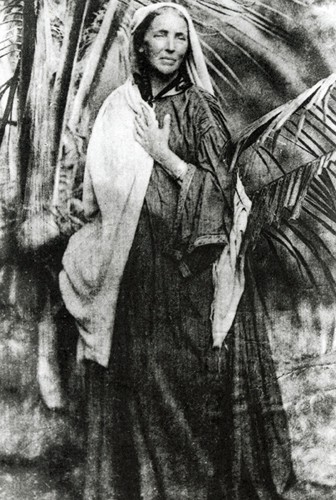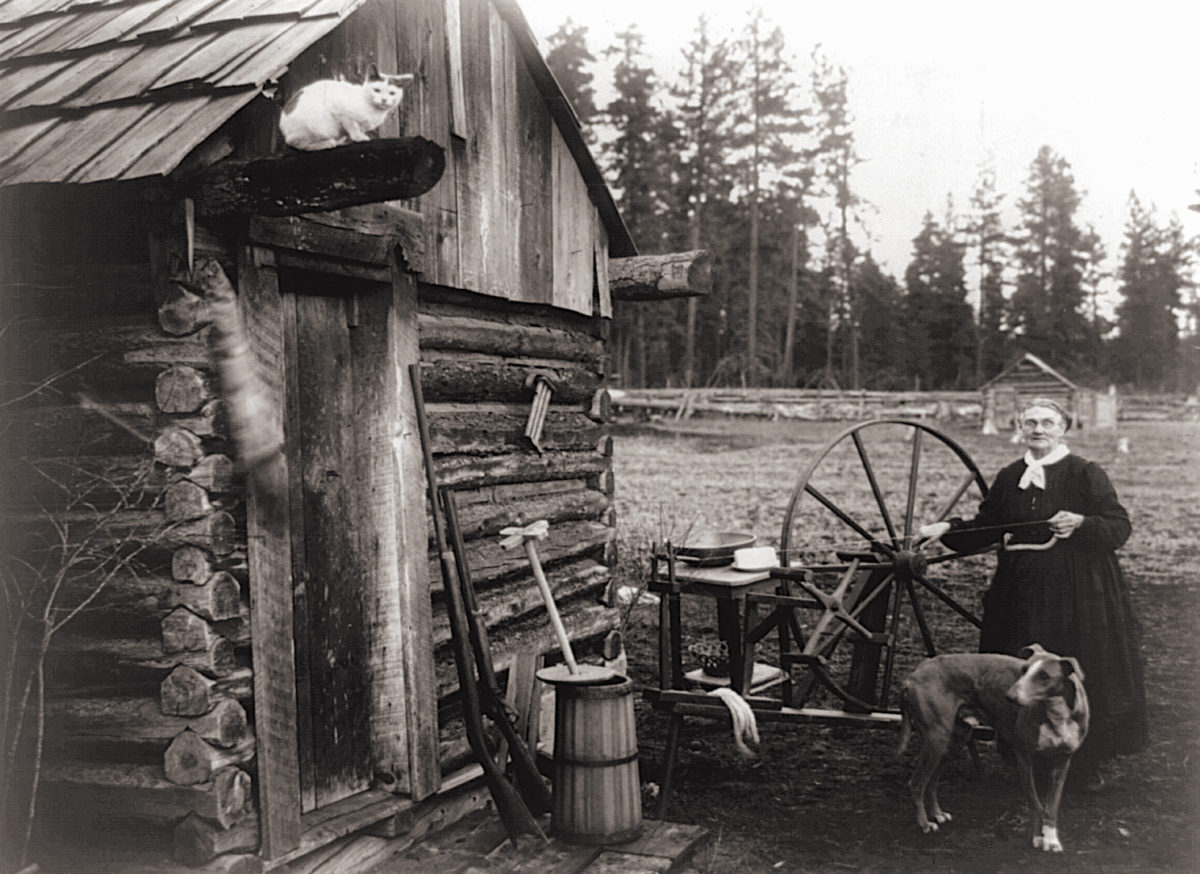I love looking at vintage botanical illustrations and have wanted to cover the history of the art form for a long time. I started to dig in over the last month and was pleased to discover that an Englishwoman was one of the more influential leaders of the Victorian movement to explore and document natural life. Marianne North’s work was considered so important to the study of botanicals that it is permanently stored at the spectacular Kew Royal Botanical Gardens. She also dedicated her life to independence and science and I am so glad to have gotten familiar with her work. Hopefully, I will be able to view her impressive collection of work someday!

Early life
Marianne North was born October 24, 1830 in Hastings, England. It is so much fun to learn about the lives of female artists who were venturing into creative careers before it was common for women to do so. One common theme that I have found is that they were often inspired by the careers of their fathers. While Marianne’s father wasn’t an artist, he was close friends with influential individuals in the scientific world including Sir Joseph Dalton Hooker, director of Royal Botanic Gardens, Kew and notably, Charles Darwin, who would go on to praise her botanical illustrations.
Besides his scientific social circle, Marianne’s father was a passionate world traveler. This interest of his would instill in her a curiosity of the world and willingness to explore that would lead to her discovering new plants. A wealthy landowner and politician, he would come to rely on Marianne after her mother passed in 1855, asking her to accompany him on travels around the world, from The Alps to The Nile.
Although she had originally planned to pursue a singing career, Marianne found that she had more ability as an artist, and that she was drawn to florals. Bereft when her father passed in 1869, she used painting as a way to cope.

Technique
You may be familiar with the common way that botanical prints were created during the Victorian era, as detailed illustrations against a light-colored background. One reason Marianne’s work was so popular and so influential is that she painted her subjects in their natural habitats. I think this is such a feminine way to explore nature.
Of her painting style Kew Gardens says:
“It’s believed she used a limited palette and favoured certain colours, including cobalt blue, lead white and the red dye madder.
She didn’t use black paint very frequently, which explains why her paintings are so vibrant.
She preferred to use blue, green or orange to tone down strong colours. Having a restricted palette reduced the amount of materials she needed to carry with her as she travelled long distances.
She sketched out her composition first on the paper before painting on the colours later, sometimes reworking compositions and painting new ones over the top of her drawings.”


Kew Gardens gallery
I am now a bit obsessed with the history and the current popularity of the Marianne North Gallery inside of Kew Gardens. It is a touching story and an example of the efforts to preserve the history of women in art and science.
Marianne began her life of solo adventure and documenting of botanicals when she was 40 years old. She visited 15 countries in 14 years, mostly on her own, something quite rare for a woman in the Victorian era. Some of the countries she visited included New Zealand, Tanzania, Japan, and Jamaica. Some of her paintings were done at the request of family friend Charles Darwin, who wanted examples of flora found in the southern hemisphere.

The gallery now houses over 800 of Marianne North’s original works. According to the website, she had hoped that tea and coffee would be served, and when that request was denied she made up for it by painting them on the walls instead.

A botanical legacy
Marianne traveled to many places that most Europeans had never been to before and was dedicated to painting native plants. She was a true adventurer, reveling in documenting the exotic and unusual. She was so gifted at selecting her subjects that she was able to show European botanists multiple plants previously unidentified. As such, she has several named in her honor. “Plant species named in her honour include Areca northiana, Chassalia northiana, Crinum northianum, Kniphofia northiae, Nepenthes northiana, and the genus name Northia.”


Learn more about Marianne North:
Meet Marianne North, who defied Victorian convention to paint the world’s jungles
The Radical Victorian Lady behind an Essential Collection of Botanical Art
More women’s history fun:
Mary Titcomb: service through books
The woman behind the Campbell’s Soup Kids: Grace Drayton














[…] Marianne North’s botanical illustrations were renowned for their vibrant colors and naturalistic depictions, a departure from the typical Victorian-era style of detailed illustrations against a light-colored background. Her unique approach, which involved painting her subjects in their natural habitats, was a hallmark of her work and contributed to her enduring legacy. […]